Arthritis is a common alignment that we see here at Innova Primary Care. According to the Centers for Disease Control and Prevention statistics, approximately 1 in every four adults suffers from arthritis. And statistics show that 58.5 million Americans suffer from this diagnosis which is often more common in women. It is important to note that arthritis is not just one disease. In fact, the term refers to any sort of joint disease or joint pain. And the condition does not just impact the elderly. There are more than 100 different types of arthritis impacting multiple ages, sexes, and races. So while this disease impacts females more than males, it can affect anyone, regardless of age, gender, or race.
What is arthritis?
The term “arthritis” refers to the swelling of the joints. Symptoms can vary and are dependent upon the type. However, pain and stiffness are generally symptoms. While younger adults and even children and teenagers can have arthritis, it typically impacts older adults and worsens with age.
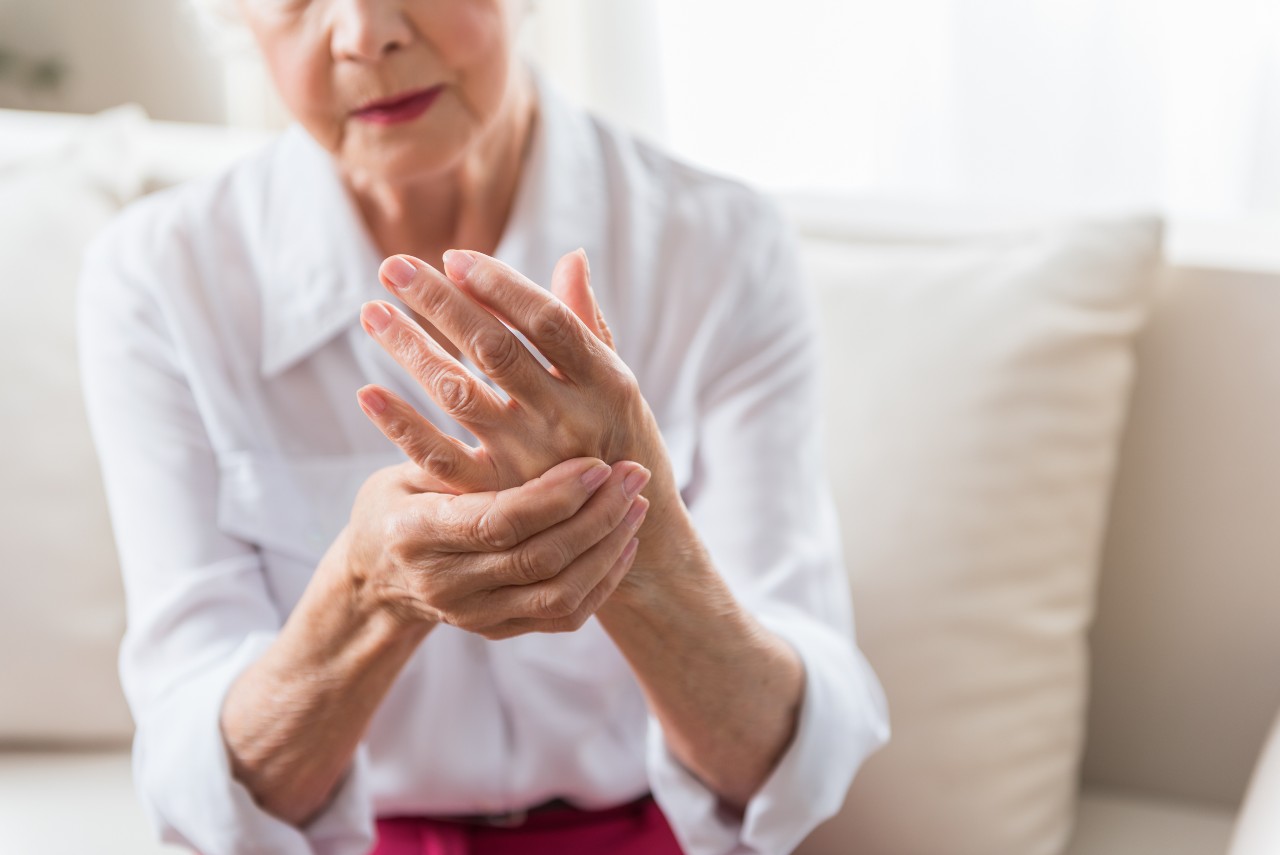
What are the types of arthritis?
As previously mentioned, there are over 100 types of arthritis; however, three types are the most prevalent. According to the Arthritis Foundation, these include osteoarthritis, rheumatoid arthritis, and psoriatic arthritis. These types of arthritis have different causes and can present varying types of pain, so it is essential that you receive a proper diagnosis from your healthcare provider to ensure the best treatment and care for your particular type. We should also note that several conditions, such as fibromyalgia and lupus, can mimic the pain associated with arthritis.
Osteoarthritis
Osteoarthritis, the most common type of arthritis, is a degenerative disease in which the body loses cartilage and fluid over time, removing the cushion between the joints. Weight-bearing joints such as the knees, hips, and spine typically bear the brunt of OA. Because of the damage to the joint and lack of cushion, movement becomes painful, and often joint replacement is the end cure. Treatment often consists of NSAIDs and/or Acetaminophen along with hot and cold therapy, physical therapy, and topical ointments.
Rheumatoid Arthritis
Rheumatoid arthritis (also known as RA) is an autoimmune disease in which the body attacks its joints and tissues. RA also impacts younger people and, in this case, is known as Juvenile Idiopathic Arthritis. Unlike OA, RA tends to be bilateral in nature, meaning it affects the same joints on both sides of the body. Rheumatoid arthritis can also damage internal organs and does more than just cause joint pain and discomfort.
RA can be challenging to diagnose, but bloodwork and imaging scans may be beneficial. While there is no cure, RA can go into remission, so the sooner proper treatment occurs, the better. DMARDs (disease-modifying antirheumatic drugs) can work wonders. To treat the pain associated with RA, NSAIDS, and steroids can provide relief. As with OA, topical treatments, hot and cold therapies, and physical therapy can assist with pain and help provide a respite from symptoms. These therapies will not cure the disease but may help manage it.
Psoriatic Arthritis
Psoriatic arthritis (PsA)is an autoimmune disorder in which the body attacks itself and is a type of arthritis associated with psoriasis. PsA is chronic and can impact any joint and anywhere ligaments and tendons connect to the bone. Interestingly, PsA can develop at any age and with or without noticing any form of psoriasis, although it commonly shows up approximately ten years after a psoriasis diagnosis. It is important to note that not everyone with psoriasis will develop PsA. According to the National Psoriasis Foundation, roughly 30% of those with a psoriasis diagnosis will develop psoriatic arthritis in their lifetime.
PsA typically has an onset between the ages of 30 and 50, but children can also develop the disease. Therefore, the sooner treatment begins, the better. Treatment options for PsA vary and can include the use of light therapy, topical gels and creams, prescription orals or injections, and even integrative medicine. The key is to notice symptoms early and speak with your healthcare provider.
Who is impacted by arthritis?
As you can see, arthritis can impact anyone at any age, depending on the type. We only covered three types of the disease here, yet there are over 100 types. Arthritis is an umbrella term used to describe the disease and joint pain, and its impact is far-reaching.
While arthritis tends to have no cure, there are things you can do to help alleviate the pain. For example, lifestyle measures go a long way in managing osteoarthrosis. Many who suffer from this type of arthritis are overweight, and the excess weight impacts their joints. Healthy weight loss and exercise are fantastic ways of managing this type of arthritis.
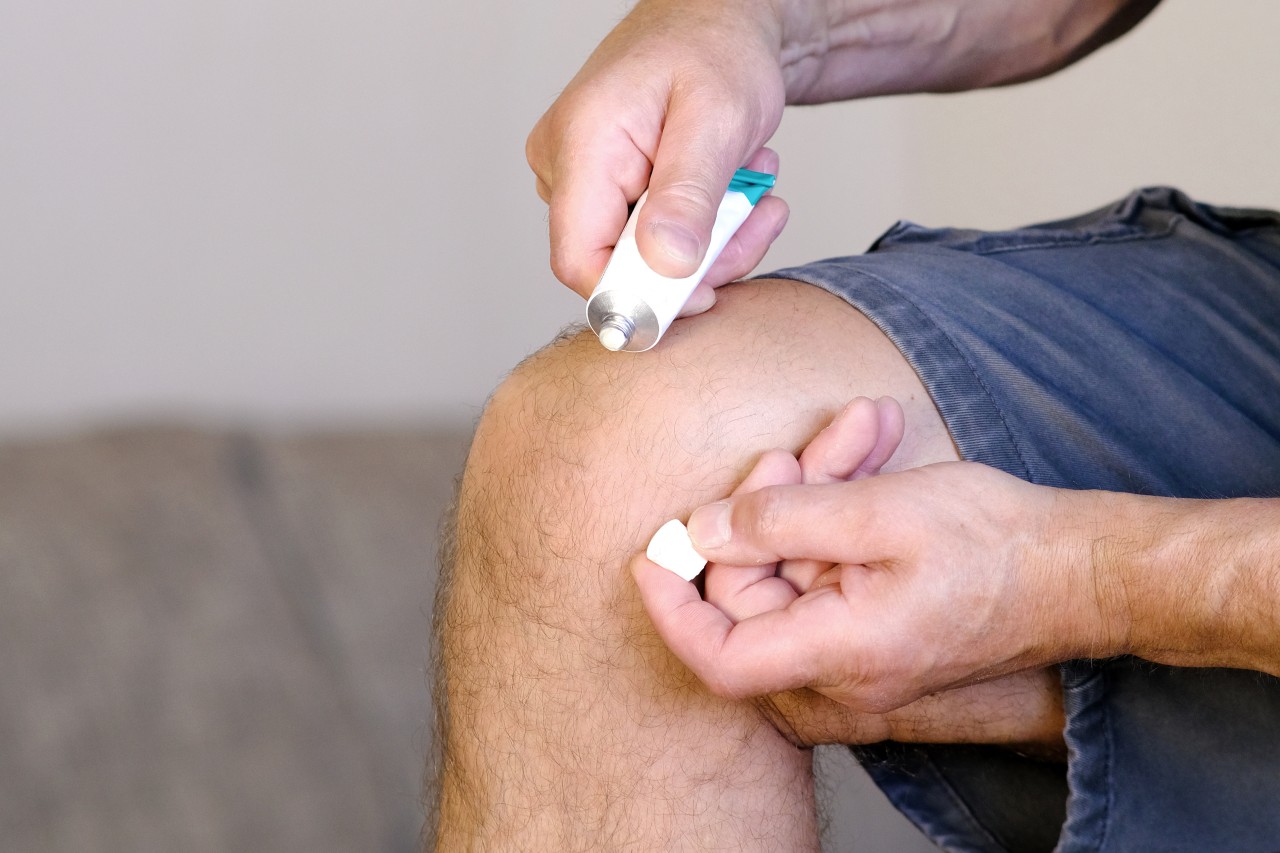
What are treatments for arthritis?
Treatment for arthritis depends upon its origin, so it is crucial that you speak with your healthcare provider and determine its cause. However, exercise appears to be vital across the board. While arthritis causes joint stiffness, swelling, and pain, making movement challenging, finding ways to move your body can benefit everyone. This may mean cycling or swimming to reduce impact. It is also essential to listen to your body and learn how to discern when to rest and when to push.
Topical creams and gels, along with NSAIDS or acetaminophen, can provide symptom relief, but it is important not to overdo these aids. Please consult your healthcare provider to determine healthy doses for over-the-counter medications, as they can impact the stomach and liver function.
Steroids may be of assistance for some to help address inflammation, but again, it is vital that you and your healthcare team are all on the same page regarding dosage and impact. Physical therapies and integrative medicine may be the best route for you. Again, assembling a healthcare team will make the discernment process much easier for you. You don’t have to walk this road alone.
Arthritis is complex
No two cases of arthritis are the same, and their origins can vary from person to person. To effectively treat your case, you need the correct diagnosis, one you cannot determine on your own. Innova Primary Care is here to assist you in finding the path forward. You don’t have to figure this out all on your own. If you are experiencing joint pain and stiffness, please reach out. Let’s get you on the road to feeling well faster.
Arthritis is a common alignment that we see here at Innova Primary Care. According to statistics from the Centers for Disease Control and Prevention, approximately 1 in every 4 adults suffers from arthritis. And statistics show that 58.5 million Americans suffer from this diagnosis which is often more common in women. It is important to note that arthritis is not just one disease. In fact, the term refers to any sort of joint disease or joint pain. And the disease does not just impact the elderly. There are more than 100 different types of arthritis impacting multiple ages, sexes, and races. While this is a disease that impacts females more than males, it is one that can affect anyone, no matter their age, gender, or race.
What is arthritis?
The term “arthritis” refers to the swelling of the joints. Symptoms can vary and are dependent upon the type. However, pain and stiffness are generally symptoms. While younger adults and even children and teenagers can suffer from arthritis, it typically impacts older adults and worsens with age.
What are the types of arthritis?
As previously mentioned, there are over 100 types of arthritis, however 3 types are most prevalent. According to the Arthritis Foundation these include osteoarthritis, rheumatoid arthritis and psoriatic arthritis. These types of arthritis have different causes and can present varying types of pain so it is important that you receive a proper diagnosis from your healthcare provider to ensure the best treatment and care for your particular type. We should also note that several conditions such as fibromyalgia and lupus can mimic the pain associated with arthritis.
Osteoarthritis
Osteoarthritis, the most common type of arthritis, is a degenerative disease in which the body loses cartilage and fluid over time taking away the cushion between the joints. Weight bearing joints such as the knees, hips, and spine typically bear the brunt of OA. Because of the damage to the joint and lack of cushion, movement becomes painful and often joint replacement is the end cure. Treatment often consists of NSAIDS and/or Acetaminophen along with hot and cold therapy, physical therapy, and topical ointments.
Rheumatoid Arthritis
Rheumatoid arthritis (also known as RA) is actually an autoimmune disease in which the body attacks its own joints and tissues. RA also impacts younger people an in this case is known as Juvenile Idiopathic Arthritis. Unlike OA, RA tends to be bilateral in nature meaning it affects the same joints on both sides of the body. Rheumatoid arthritis can also damage internal organs and does more than just cause joint pain and discomfort.
RA can be challenging to diagnose but bloodwork and imaging scan may be beneficial. While there is no cure, RA can go into remission so the sooner proper treatment takes place the better. DMARDs (disease-modifying antirheumatic drugs) can work wonders. To treat the pain associated with RA, NSAIDS and steroids can provide relief. As with OA, topical treatments, hot and cold therapies, and physical therapy can assist with pain and help provide a respite from symptoms. These therapies will not cure the disease, but they may help with management of the disease.
Psoriatic Arthritis
Psoriatic arthritis (PsA)is an autoimmune disorder in which the body attacks itself and is a type of arthritis associated with psoriasis. PsA is chronic and can impact any joint and anywhere ligaments and tendons connect to the bone. Interestingly, PsA can develop at any age and with or without noticing any form of psoriasis although it commonly shows up approximately 10 years after a psoriasis diagnosis. It is important to note that not everyone with psoriasis will develop PsA. According to the National Psoriasis Foundation, roughly 30% of those with a psoriasis diagnosis will develop psoriatic arthritis in their lifetime.
PsA typically has an onset between the ages of 30 and 50 but children can also develop the disease. The sooner treatment begins, the better. Treatment options for PsA vary and can include the use of light therapy, topical gels and creams, prescription orals or injections, and even integrative medicine. The key is to notice symptoms early and speak with your healthcare provider.
Who is impacted by arthritis?
As you can see, arthritis can impact anyone at any age depending upon the type. We only covered 3 types of the disease here and yet there are more than 100 types. Arthritis is an umbrella term used to describe disease and pain to the joints to its impact is far reaching.
While arthritis tends to have no cure, there are things you can do to help alleviate the pain. For example, lifestyle measures go a long way in the management of osteoarthrosis. Many who suffer from this type of arthritis are overweight and the excess weight impacts their joints. Healthy weight loss and exercise are fantastic ways of managing this type of arthritis.
What are treatments for arthritis?
Treatment for arthritis depends upon its origin which is why it is crucial that you speak with your healthcare provider and determine its cause. However, across the board, exercise appears to be vital. While arthritis causes joint stiffness, swelling, and pain, making movement a challenge, finding ways to move your body can benefit everyone. This may mean cycling or swimming to reduce impact. It is also important to listen to your body and learn how to discern when to rest and when to push.
Topical creams and gels along with NSAIDS or acetaminophen can provide symptom relief but it is important to not over do these aids. Speak with your healthcare provider to determine healthy doses for over-the-counter medications as they can impact the stomach and liver function.
Steroids may be of assistance for some to help address inflammation but again, it is vital that you and your healthcare team are all on the same page regarding dosage and impact. Physical therapies and integrative medicine may be the best route for you. Again, having a healthcare team assembled will make the process of discernment much easier for you. You don’t have to walk this road alone.
Arthritis is complex
No two cases of arthritis are the same and their origins can vary from person to person. In order to effectively treat your case, you need the right diagnosis, one you cannot determine on your own. Innova Primary Care is here to assist you in finding the path forward. You don’t have to figure this out all on your own. If you are experiencing joint pain and stiffness, please reach out. Let’s get you on the road to feeling well faster.

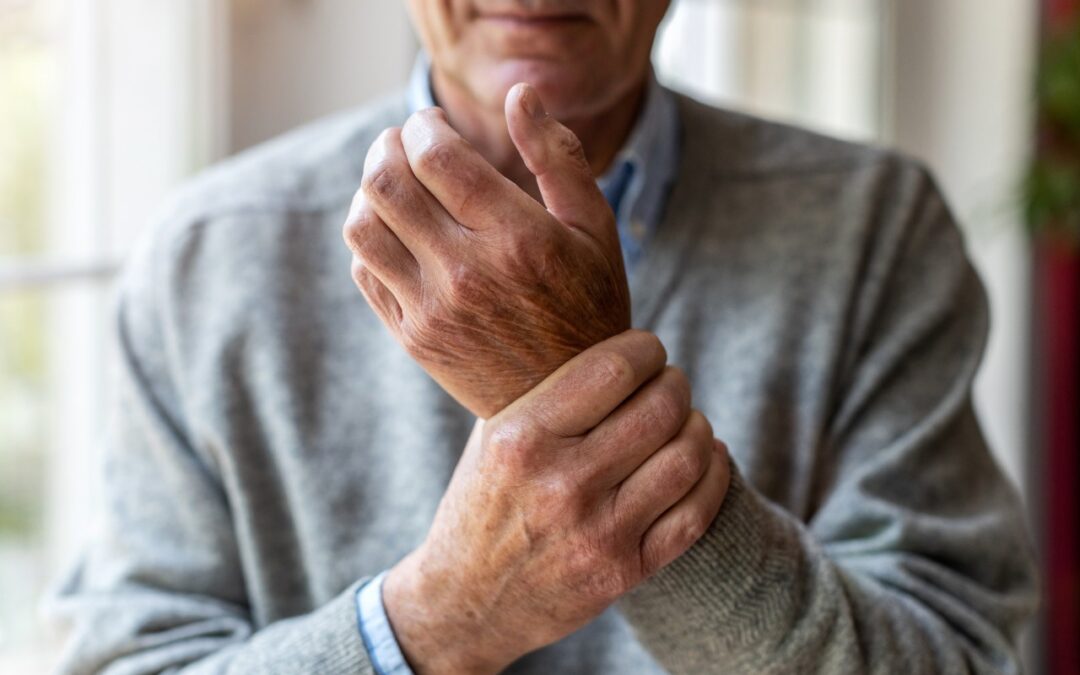

 About
About

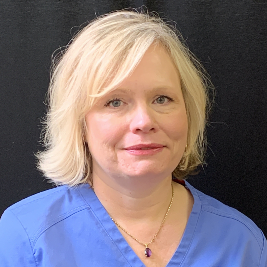 About
About About
About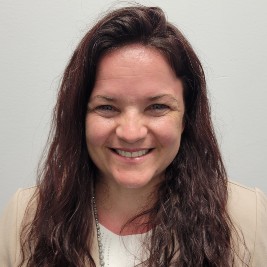 About
About
 About
About About
About

 About
About About
About About
About About
About











